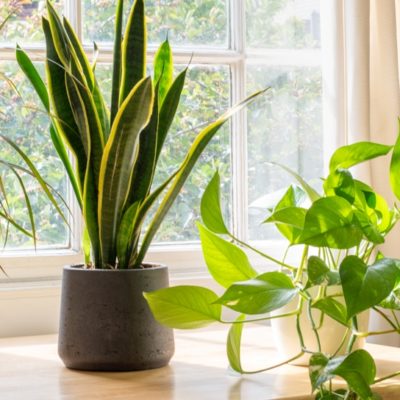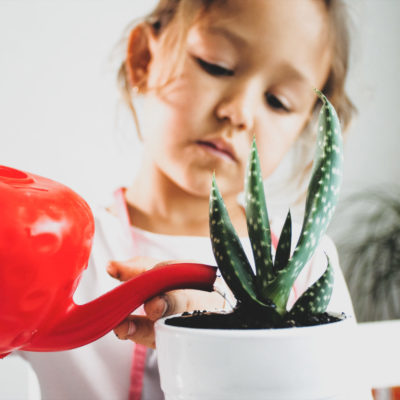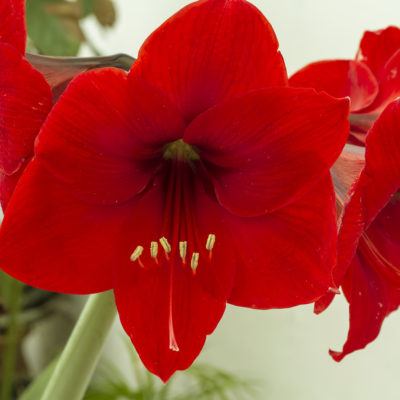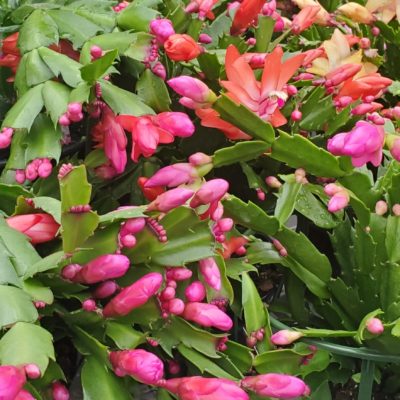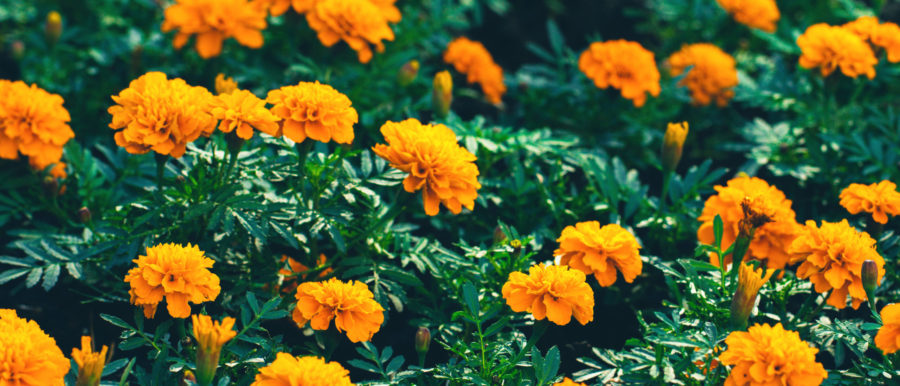
Plant Profile: Marigolds
It’s no secret that when it comes to garden staples, especially annual flowering plants, Marigolds are near the top of the list. Whether they’re grouped together in a planter or lined up like tiny soldiers up and down a garden border, these adorable pompoms add gorgeous pops of colour wherever they go. And they have so many other attributes that rocket them to the top of our gardening wish lists, such as:
Easy Care – We’re talking simplicity in the garden! Lots of sunshine, just about any soil condition so long as it has good drainage, and letting the soil dry slightly between waterings are the basics for achieving a vibrant crop. They can even handle hot summer heat, though they’ll appreciate extra deep waterings to get through any droughts.
Oh So Satisfying – Yes, their colours are incredibly pleasing, but have you ever deadheaded a Marigold? It’s just so satisfying to lop off those big heads using only your thumb and forefinger, and it helps the plant produce more flowers so everybody wins! Just pinch off the blooms as they fade, as close to the main stem as possible, and allow yourself a small smile as you hear that faint “pop”.
Natural Garden Defense, From Above Ground… – We may love Marigolds for multiple reasons, but did you know that many animals and insects just can’t stand them? Their fragrant blooms can act as a repellent for many pesky critters, though some argue that Marigolds mask the scent of your other plants so animals can’t sniff out a good meal. Some beneficial insects like ladybugs and hoverflies appreciate the Marigold, and will stick around to feed on harmful pests like aphids and mites.
And Below! – They have incredibly dense root systems that emit a chemical called thiophene, which helps repel harmful insects from attacking plants from underground! Note: it can be harmful to legumes, so keep your peas and beans at a safe distance.
Bonus: You Can Eat Them! – That’s right, Marigolds are edible! Well, just the petals, which have been used to add a slight citrus or peppery flavour (depending on the variety) to salads, fresh dishes, and vinaigrettes. You can even add those petals onto cupcakes and other baked goods for a bright and adorable dessert!
More Fun Facts About Marigolds!
- -Their botanical name Tagetes means “plowed of the earth”.
- -They are part of the Asteraceae family, which has over 32,000 different plant varieties including Asters, Daisies, and Sunflowers.
- -There are over 50 different species within the Marigold branch, ranging in heights from six inches to nearly five feet tall! Belgian typically carries the shorter African (erecta) varieties.
- -Marigolds are used all over the world in herbal teas and as natural medicine, though there are greater restrictions in the USA; the FDA (Food & Drug Administration) only allows farmers to add the petals to chicken feed as a way to intensify the colour of the yolks.
- -They are one of the main elements in festivals, weddings, and religious ceremonies in India, Thailand, and Nepal, where they’re called the “hundred-leafed flower”. Thousands of Marigold blooms are sewn together to make the infamous garlands and decorations.
- -They are also incredibly significant during Day of the Dead celebrations in Mexico, where graves are often covered with the bright blooms.
- -The Marigold was almost the official flower of the United States (it lost out to the rose).
- -People born in October have two birth flowers, the Marigold and the Cosmo.
- -Marigolds have long been a symbol of “warm or fierce undying love”.

